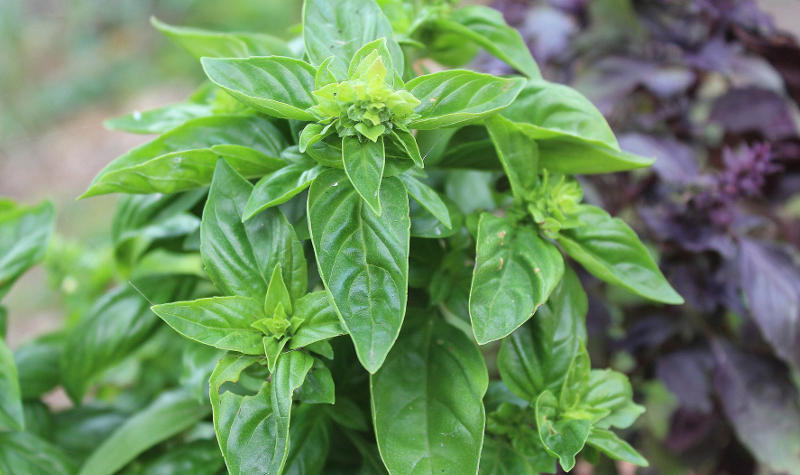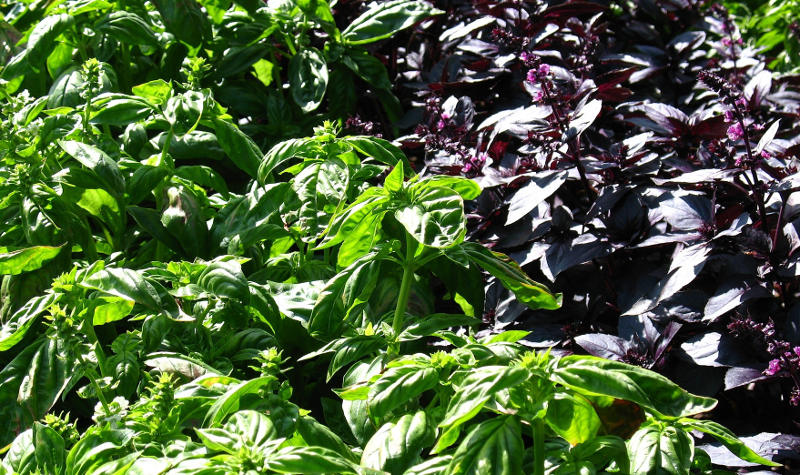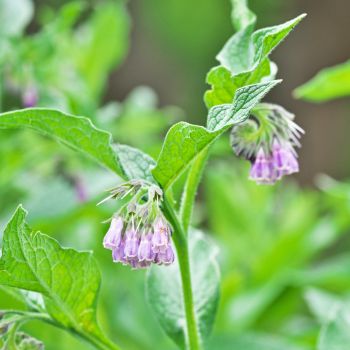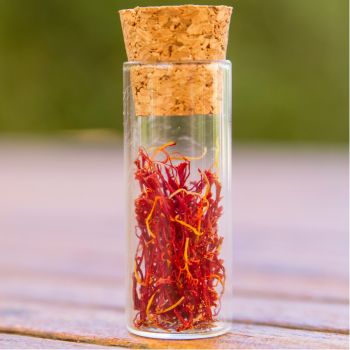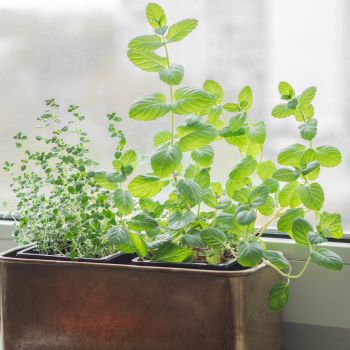The fragrant smell of basil is delightful in the garden or the kitchen. This favorite herb is easy to grow and produces abundant leaves that are great for cooking. Following a few simple steps can help you grow delicious, healthy basil.
Choose a Variety
Basil is part of the mint family and comes in many different varieties. The leaves range from rich green to deep purple and may be crinkled or smooth. The flavor also varies depending on the variety, with wonderful hints of flavors like lemon, mint, cinnamon, and licorice. Sweet basil is a common favorite, but Thai basil, lemon basil, and cinnamon basil are also popular. Experiment with different varieties to discover your favorites.
Find a Sunny Location
Warm sunshine is best for growing basil; it thrives in full sun and 26°C days. Choose a spot with at least six to eight hours of sun per day. In particularly hot areas, a bit of afternoon shade is often beneficial.
Plant Basil Seeds or Plants
Growing basil is easy from both seeds and plants. If you choose seeds, you can either start them indoors four to six weeks before the last frost date or sow them directly in your vegetable garden once the soil warms and all danger of frost passes. Scatter seeds over the surface of the soil, cover lightly, and water thoroughly. Thin seedlings according to package directions, usually to at least 15cm apart.
Set out plants started indoors or purchased from a nursery after the last frost date. Harden off before transplanting to slowly get them used to the wind and stronger sunlight outdoors. Plant in rich, well-drained soil. Adding organic material such as compost gives the plants plenty of nutrients to produce leaves.
Grow Basil in Containers
Basil also grows well in containers. Try planting a few different types of basil in one pot for a lovely display and a range of flavors. Just like in the garden, the container needs to drain well, contain rich soil, and get plenty of sun.
Water Regularly
Poor drainage can lead to root rot, one of the biggest threats to basil plants. Choose a spot with good drainage and don't overwater to avoid this problem. On the other hand, letting the plants dry out can stunt their growth, so keep the soil moist, but not soaking wet. Mulch helps keep the soil evenly moist and is especially helpful if you're growing basil in containers.
Harvest Often
Frequent harvesting throughout the growing season helps basil plants grow bushier with more leaves. Start harvesting when the plants reach about 15cm in height by pinching off the top leaves. This encourages new growth to form so you have a fresh supply of basil all summer. Without frequent harvesting, basil produces flowers and goes to seed. When this happens, the leaves start to lose their flavor, so use them quickly. Pinching off flower heads when they appear will help keep the plant producing tasty leaves.
Watch for Frost
Basil is sensitive to cold and even a light frost can kill the leaves and turn them black. In Autumn watch for predictions of the first frost and harvest your entire basil plant before it arrives. Cut the plant off at ground level and pick off the leaves.
Store Basil Leaves
If you're harvesting more basil than you need, try storing some for later. The best way to do this is by freezing, which prevents loss of flavor. Place dry whole sprigs in airtight, resealable plastic bags and put them in the freezer. You can also dry basil leaves in a well-ventilated, shady spot for three to four days or in an oven or dehydrator. Dried basil loses some flavor, but makes a great seasoning for many dishes. You can also make and freeze batches of pesto. Avoid putting leaves in the refrigerator because they will quickly turn brown in the cold temperature. Instead, place cut stems in water where they will stay fresh for a few days, making a lovely and edible bouquet.
Grow Basil Indoors
Growing basil indoors is also possible. As with outdoor plants, indoor basil needs rich, well-drained soil and a sunny location. Keep the soil moist, but not soggy and try applying organic fertilizer to give plants plenty of nutrients. A sunny, north-facing window is the best place to grow basil indoors, but fluorescent lights can also provide light. Basil needs at least six hours of natural light, 10 hours of fluorescent light, or a combination of the two for healthy growth.
Basil is a wonderful addition to any garden, even if you're new to gardening. It's easy to grow and produces fragrant leaves that are great for many culinary uses. Try adding this herb to your garden and see why it's a favorite of many home gardeners.
